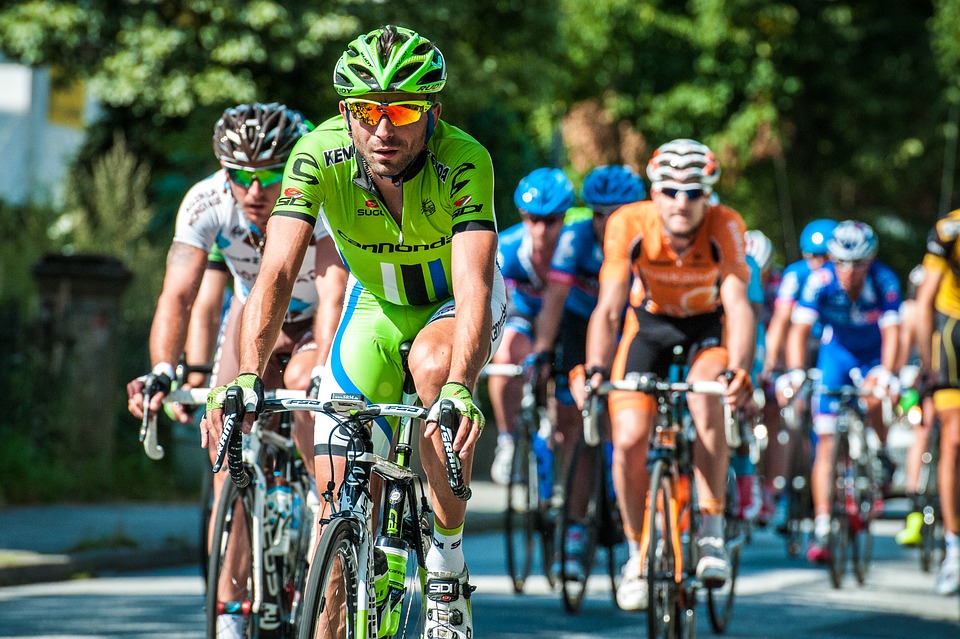By Yajen Tan
Shortly after a training session last week, a man came up to me with a diet question. He was two weeks into a weight loss challenge with a friend, and so far he’s dropped 16 pounds of weight already. I was impressed, but also slightly skeptical of how he accomplished that. He asked me how he could change his diet to speed up this process over the next couple of weeks. Unfortunately, the truth that I shared probably won’t help him win his challenge, but it may help him achieve real, long-term success.
After asking for more information, I found out that this man had drastically changed his diet by reducing his overall caloric consumption, which also led to a large loss of water weight. Accompanied with reluctantly running multiple times a week, he was able to drop from 190 pounds down to a 174 in just two weeks. Results like that rarely last. I broke down a couple of mistakes that he made and recommended a more stable approach that will pay off better in the long run.
The 3 mistakes

Not enough calories?!
We know now that to lose weight, we simply need to consume fewer calories that we exert. If calories out exceeds calories in, then the pounds should start shedding like butter, right? Although that applies well as a general rule of thumb, he hit a roadblock that most people experience when applying this equation to their diet.
The standard energy in vs energy out model is a simple and useful equation to figure out where to start when fat loss is the goal. I mean, all we have to do is lower the calories in and we’re set to go right? Not so simple. There is a certain threshold that our bodies will hit, where extreme caloric reduction will result in a reduction in metabolism.
In the extreme case of the Minnesota Starvation Experiment, subjects showed a 40% reduction in resting metabolic rate after reducing caloric consumption by 50%. Not only that, but the subjects experienced numerous negative side effects including irritability, depression, binge behaviors, and emotional distress. These severe side effects are commonly seen, on a lesser intensity, from people who pursue temporary diets.

Lack of important nutrients
The benefit of a challenge is that it gives us a newfound drive and competitiveness that we lack when trying to success as an individual. Unfortunately, when people focus too much on these diet challenges, they begin taking drastic measures that can have serious consequences on their health. When caloric consumption is dropped to an extreme, people tend to forget that balance plays an enormous role in a healthy diet. This man lowered his protein and fat intake to nearly negligible amounts, and instead, focused on a moderately-low carbohydrate consumption to get him through his day. This might help temporarily curb the irritability, but can cause muscle degeneration, over extended periods, in addition to a host of other problems.
Competitive to a fault
My biggest complaint with weight loss challenges comes from the fact that they rarely bring out the most effective results. With these challenges typically lasting a few weeks to a couple months, there’s way too little time for people to build habits up to last.
I’ve seen over and over again, people chasing a quick fix to their body fat concerns, the result is the same every single time. People take a few weeks to diet and see amazing results, but upon reaching their goal, they fall back into the same patterns from before and end up right back where they started – or sometimes worse. The reality is that there are dozens of small modifications that you can make to better increase the odds of your fat loss success, but change takes time. A study that focused on habit development showed that, on average, it took 66 days to form a habit, but that time ranged from 18 to 254 days. That’s a lot longer than your typical 28 day challenge.

Finding a better approach
We started out analyzing his usual lifestyle to find out how we can build stronger habits. I noticed that he loved to play recreational sports and have been doing so, on and off, for many years. Not only can sports deliver an amazing full body workout, but can also keep people motivated and competitive. I recommended for him to pair regular recreational play with two weight lifting sessions per week. The added weight lifting workouts help develop muscle mass and maintain bone density over time. Additionally, it helps reduce the muscle imbalances that can be developed from playing sports.
In terms of nutrition and diet, I recommended him to experiment with foods and cuisines that he already knows and enjoys. It’s much easier to stick to a program when you actually appreciate the food that’s going into your mouth. I always stress the same idea over and over to my clients; if you don’t like it, it won’t stick, and if it won’t stick, then the results won’t last. By programming around healthier options that you do enjoy and utilizing flavors that you are accustomed to, you can really make a significant impact in how much you enjoy your food and long your hard-earned results last.
Small changes for big results
He noticed that he would often get off work late, so he would be having a large dinner and beers late into the evening. A great way that I’ve found effective in combating this kind of habit is to try and prepare dinner beforehand, so that, after a long day’s of work, nobody has to make the heart-wrenching decision between a cheeseburger or a salad.
A big mistake that people make with alcohol is that, after the first drink is down the hatch, the second follows through effortlessly. Generally, we’ve seen that alcohol is acceptable in limited, not moderate or excess, consumption. What you have to be careful of is to avoid, the heaping servings of nachos, fries, or other diet-ruining munchies that are normally served alongside a drink.
In case you were wondering, here are 3 great ways to unwind without breaking into the liquor cabinet.
By changing one small habit at a time, whether it’s one meal or a 20 minute walk, you give yourself more time to adapt to the habit. After 2-3 weeks of trial and error with that habit, you’ll have figure out what works about it and what needs a couple tweaks. Not only is this much easier for you to accomplish, but also leads to better results months and years down the line.







